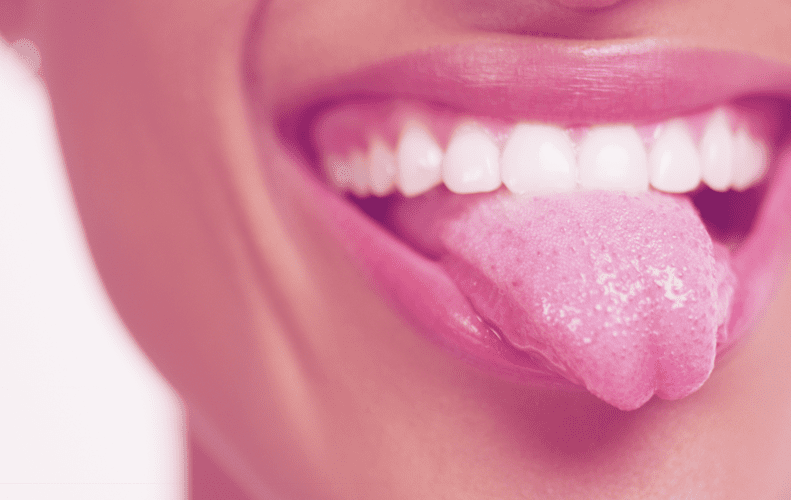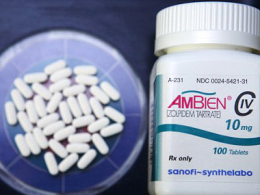Understanding Tongue Colors: What Do They Reveal?
The tongue, often referred to as the mirror of the body, holds significant clues about one’s Health and Disease. Its color, texture, and coating can provide valuable insights into potential health issues. Among these indicators, tongue color stands out as a prominent signal of both well-being and underlying health conditions.
The Normal Spectrum: Healthy Tongue Colors
A healthy tongue typically exhibits a pinkish hue, indicating adequate blood circulation and proper functioning. This natural coloration suggests vitality and balanced bodily functions. However, slight variations in color may occur based on individual factors such as genetics, diet, and hydration levels.

Red Flags: Abnormal Tongue Colors and Their Meanings
| Tongue Color | Potential Health Concerns |
|---|---|
| White Coating | Oral thrush, bacterial overgrowth, dehydration |
| Yellow/Orange | Liver dysfunction, jaundice, gallbladder issues |
| Pale/Blue | Poor circulation, low oxygen levels, respiratory problems |
| Black/Brown | Excessive smoking, poor oral hygiene, fungal infections |
| Bright Red | Vitamin deficiencies, scarlet fever, Kawasaki disease |
Decoding Tongue Changes: When to Seek Medical Attention
While occasional variations in tongue color are normal, persistent changes or accompanying symptoms warrant medical evaluation. Seek prompt medical attention if you experience:
- Persistent Coating: If the white, yellow, or black coating persists despite oral hygiene measures, it could indicate an underlying health issue.
- Pain or Discomfort: Tongue discoloration accompanied by pain, discomfort, or difficulty swallowing may indicate an infection or underlying condition.
- Other Symptoms: Presence of additional symptoms such as fever, swollen lymph nodes, or unexplained weight loss alongside tongue changes requires medical assessment.

Seeking Professional Guidance
If you notice significant changes in your tongue’s color or texture, it’s advisable to consult healthcare professionals for accurate diagnosis and appropriate management. Healthcare providers, including dentists, primary care physicians, or ear, nose, and throat specialists (ENTs), can conduct thorough evaluations and recommend necessary investigations. Want to Know More About Health Explore (Walk and Exercise help older Woman’s)
Tips for Optimal Oral Hygiene
- Regular Brushing and Flossing: Practice diligent oral hygiene habits by brushing your teeth at least twice a day and flossing daily to remove plaque and debris.
- Tongue Cleaning: Incorporate tongue cleaning into your oral care routine using a tongue scraper or brush to remove bacteria and debris from the tongue’s surface.
- Hydration: Stay adequately hydrated by consuming sufficient water throughout the day to support saliva production and maintain oral moisture.
- Balanced Diet: Consume a balanced diet rich in fruits, vegetables, lean proteins, and whole grains to support overall health and oral well-being.
- Regular Dental Check-ups: Schedule routine dental check-ups every six months to monitor oral health, address any concerns promptly, and receive professional cleanings.
Conclusion
The color of the tongue serves as a valuable indicator of overall health and potential underlying conditions. Understanding the significance of tongue hues empowers individuals to recognize warning signs and seek appropriate medical attention when needed. By prioritizing oral hygiene and staying vigilant about changes in tongue color or texture, individuals can contribute to their overall health and well-being.












